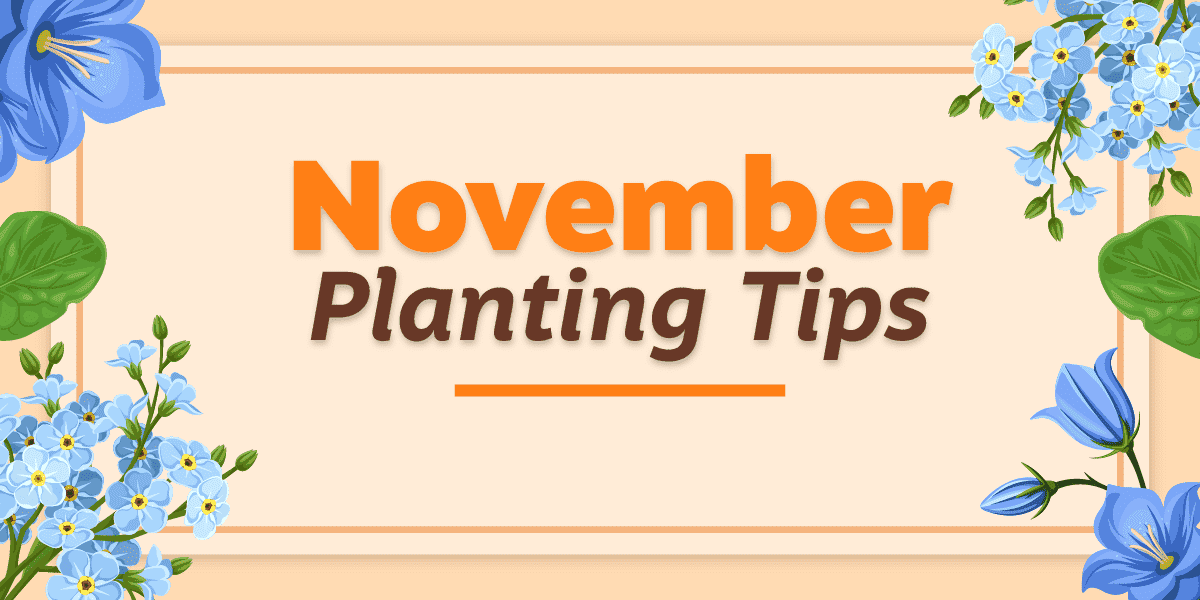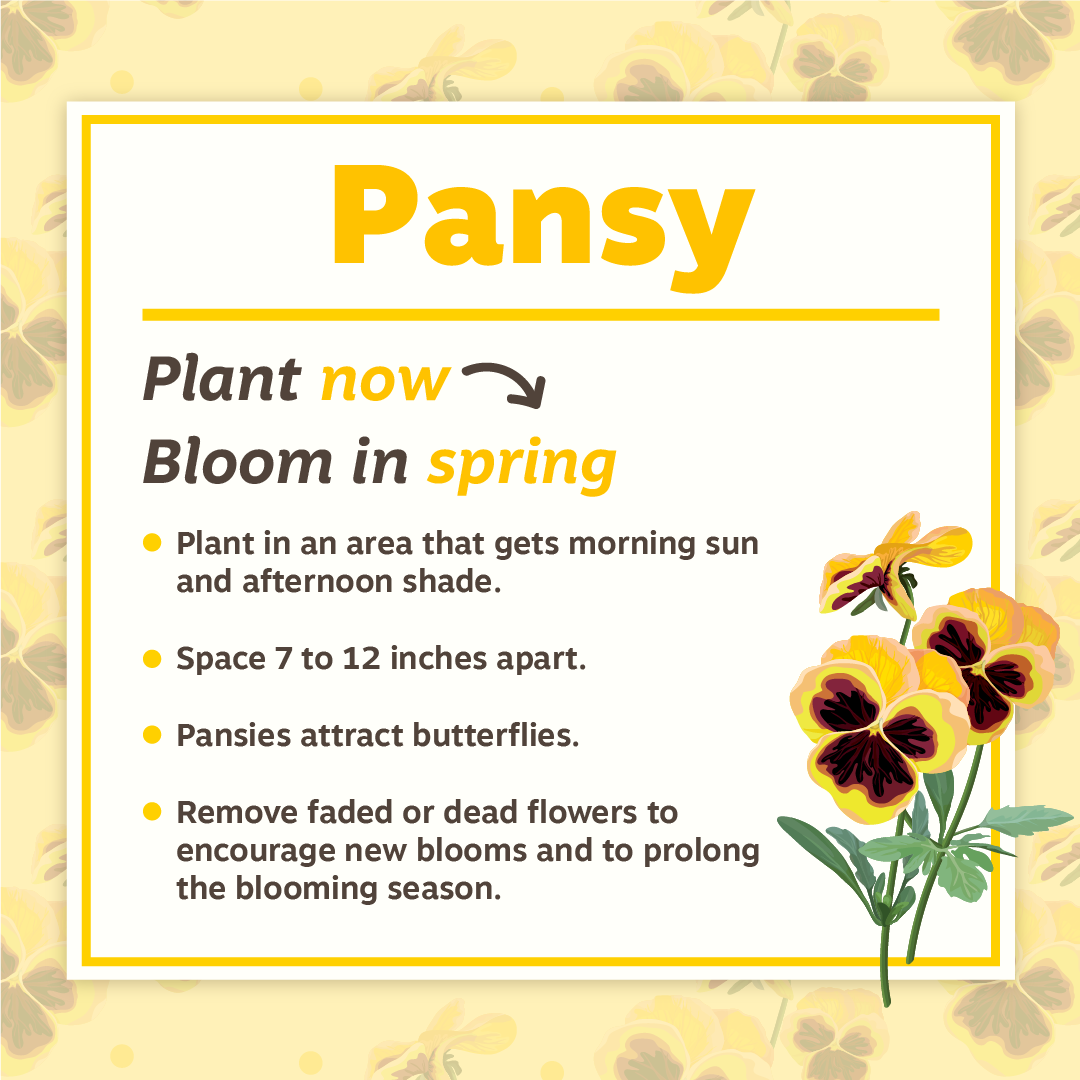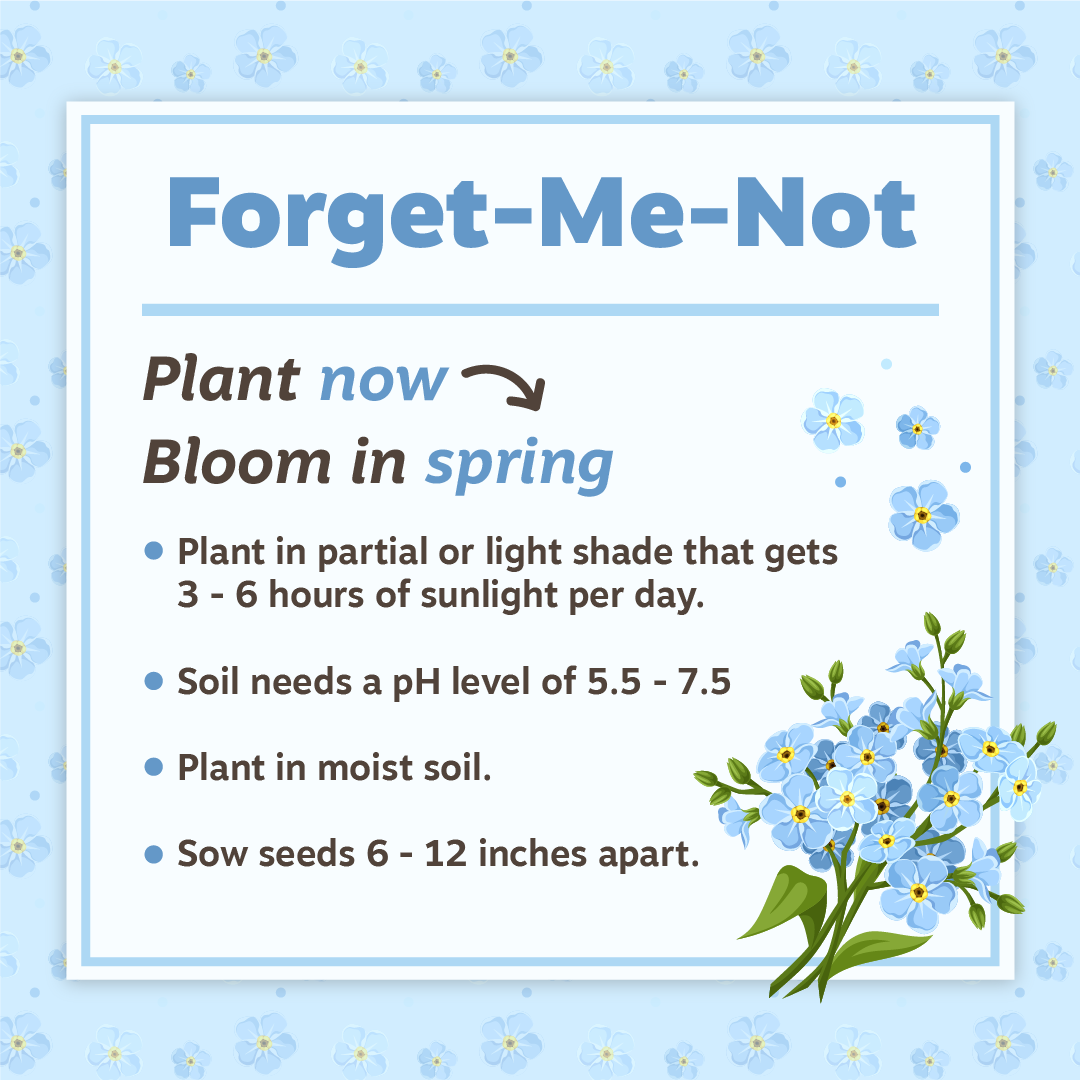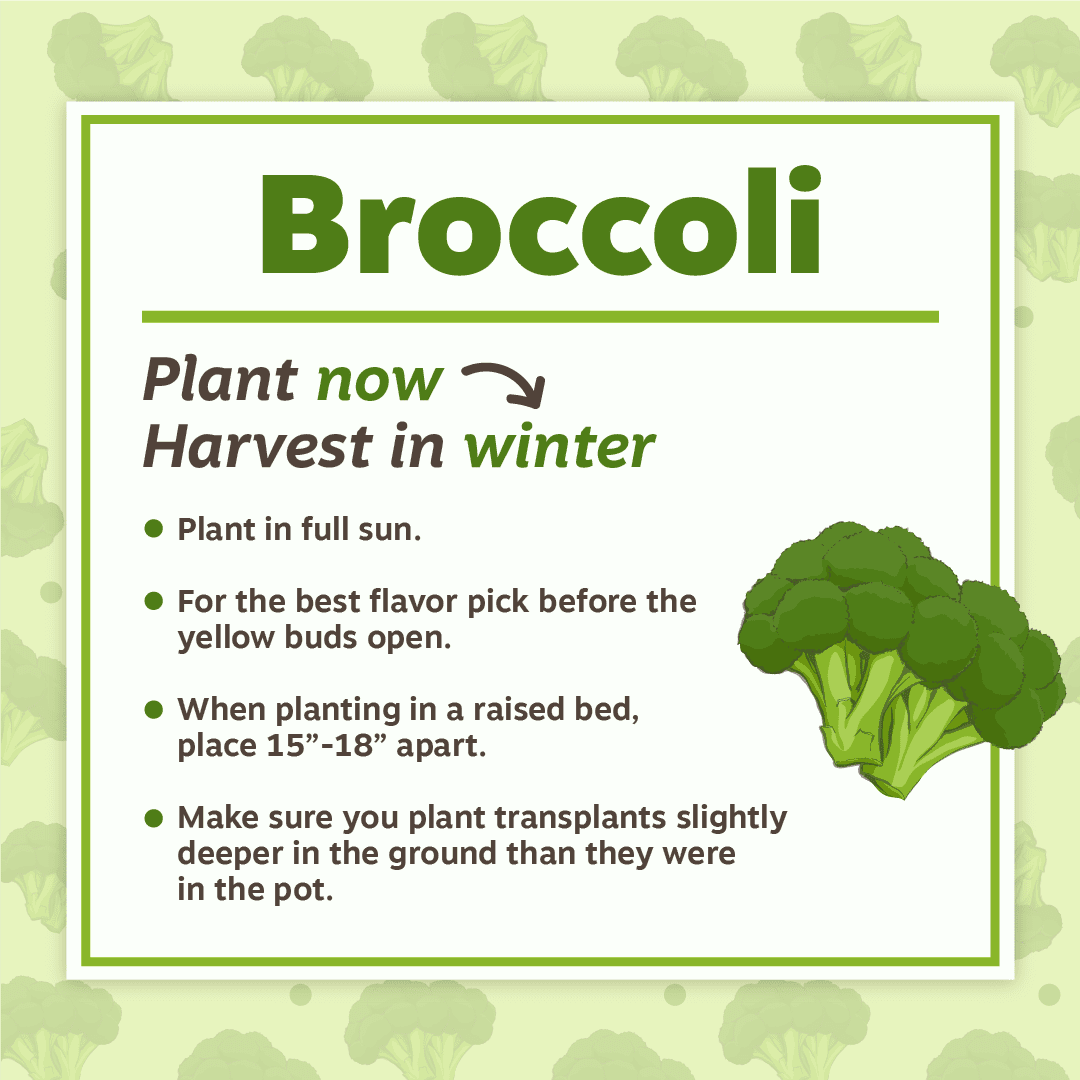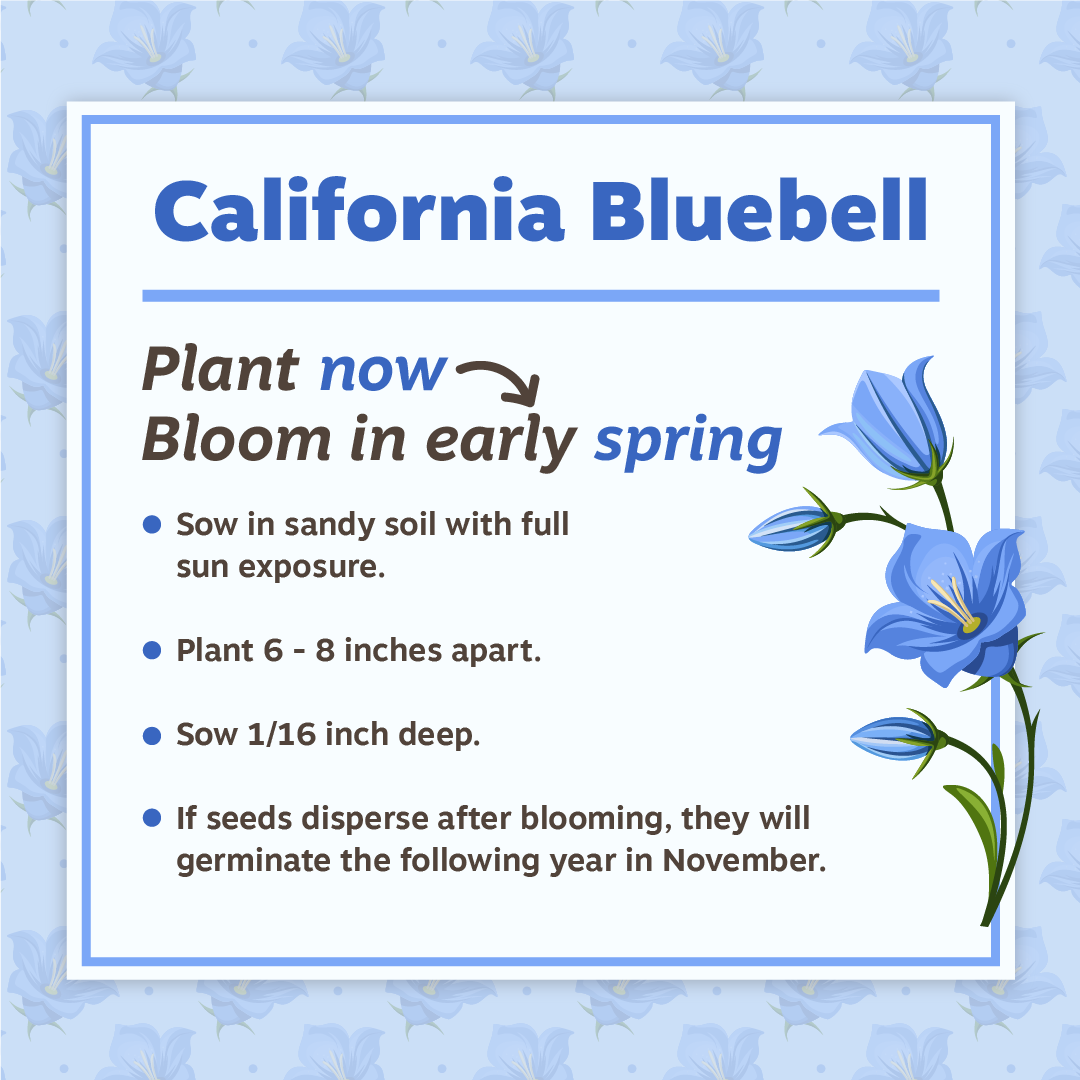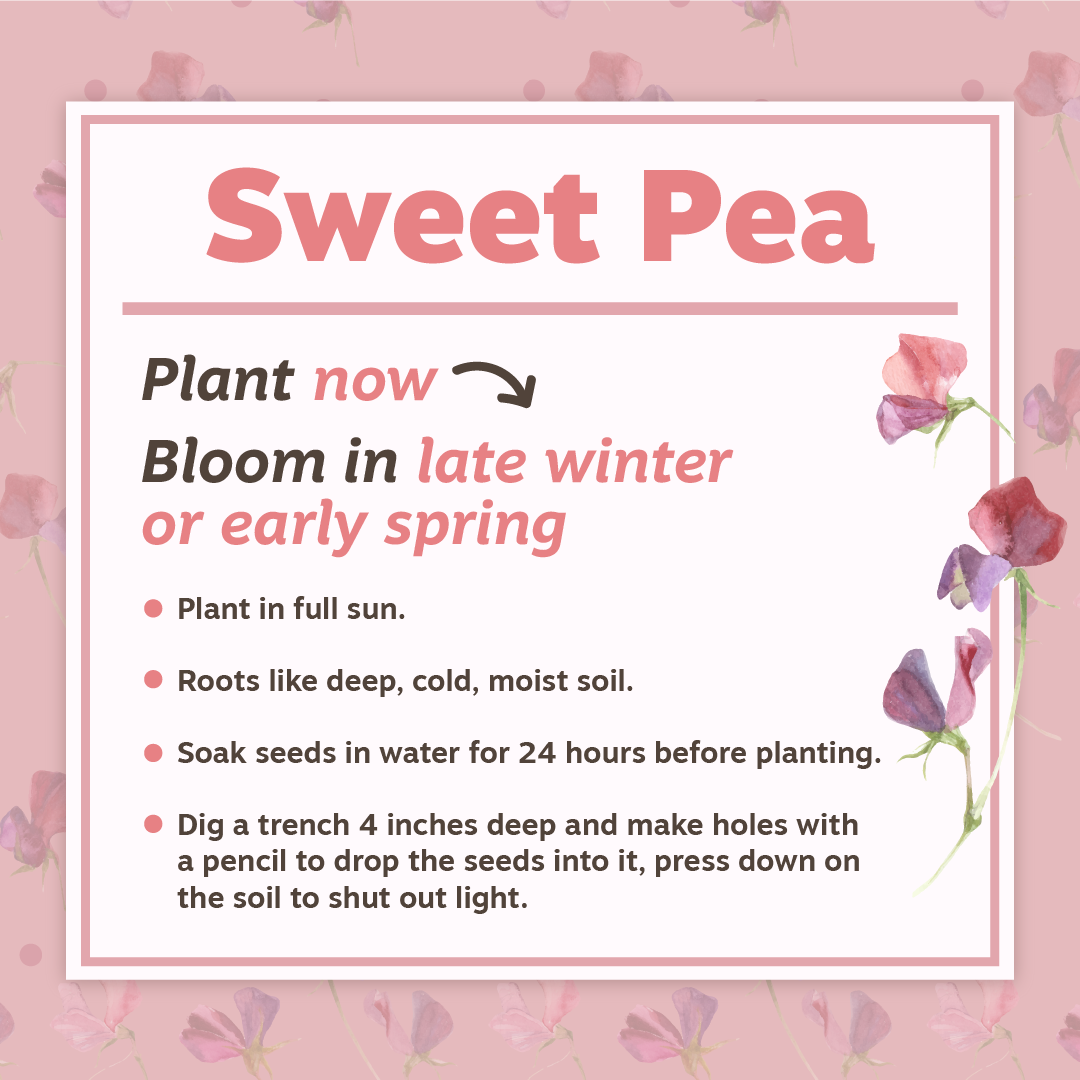In November, it’s time to shift your focus to cooler-season plants. Southern California’s mild climate allows a variety of plants to thrive during the fall and winter months, providing fresh produce and flowers throughout the year.
Reasons to Plant in November
- Moderate Temperatures: Fall temperatures in Southern California create ideal conditions for growing cool-season crops.
- More Rainfall: The rainy season in Southern California typically begins in November, providing much-needed moisture for newly planted crops.
- Longer Growing Season: By planting now, you can take advantage of Southern California’s extended growing season, maximizing your garden’s yield.
- Less Maintenance: Cooler temperatures mean less watering and weeding compared to the summer months.
What to Plant in Southern California
Pansy Flowers
Plant now → Bloom in spring
Plant seeds now to enjoy beautiful pansy flowers in starting in February.
- Plant in an area that gets morning sun and afternoon shade.
- Space 7 to 12 inches apart.
- Pansies attract butterflies, benefitting all plants in the garden.
- Remove faded or dead flowers to encourage new blooms and to prolong the blooming season.
- Keep soil consistently moist but not waterlogged to prevent root rot.
Forget-Me-Not
Plant now → Bloom in spring
Forget-me-nots are delicate and charming flowers that bloom in shades of blue, pink, and white.
Tips for Growing Forget-Me-Nots
- Choose a spot with partial shade and well-drained soil.
- Plant seeds 1/8 inch deep and 6–12 inches apart to create a thick carpet-like effect.
- Soil needs a pH level of 5.5–7.5
- Plant in moist soil.
Broccoli
Plant now → Harvest in winter
Broccoli is a cold-hardy vegetable that thrives in the cooler months, making it an excellent choice for November planting.
Tips for Growing Broccoli
- Choose a spot with full sun exposure and well-drained, nutrient-rich soil.
- Plant seeds 6–8 inches apart.
- When planting in a raised bed, place 15–18 inches apart.
- Make sure you plant transplants slightly deeper in the ground than they were in the pot.
- Plant transplants or seeds 18–24 inches apart to provide adequate space for growth.
- Water consistently, keeping the soil evenly moist to support healthy development.
- For the best flavor, pick before the yellow buds open.
- Harvest heads when they are firm and tight, cutting early to encourage side shoots for an extended harvest.
- Apply a layer of mulch to help retain soil moisture and regulate temperature.
California Bluebell
Plant now → Bloom in early spring
California bluebells are drought-tolerant and easy to grow, making them a perfect addition to a Southern California garden.
Tips for Growing California Bluebells
- Sow in sandy soil with full sun exposure.
- Plant 6–8 inches apart.
- Sow 1/16 inch deep.
- If seeds disperse after blooming, they will germinate the following year in November.
Spinach
Plant now → Harvest in winter
Spinach is another cold-hardy green that grows well in Southern California’s cool temperatures. The plant is an excellent source of vitamins A, B, and C.
Tips for Growing Spinach
- Choose a spot with partial shade and fertile, well-drained soil.
- Add aged manure to soil a week before planting.
- Plant seeds 1 inch deep and 2–3 inches apart in rows spaced 12–18 inches apart.
- Keep the soil consistently moist. Dry conditions can cause leaf wilt.
Sweet Pea
Plant now → Bloom in late winter or early spring
Sweet peas are a fragrant and cheerful addition to a winter garden.
Tips for Growing Sweet Peas
- Plant in full sun.
- Roots like deep, cold, moist soil.
- Soak seeds in water for 24 hours before planting.
- Dig a trench 4 inches deep and make holes with a pencil to drop the seeds into it. Press down on the soil to shut out light.
- Plant seeds in rows spaced 12–18 inches apart.
- Provide support for the vines to climb on as they grow.
Never miss a post! Follow us on Facebook for our latest events, tips, products, and more!
FAQs: November Planting Tips
Q: Can I still plant flowers in November?
Yes! Pansies and forget-me-nots are excellent options for planting in November. These flowers will bloom in the spring, bringing vibrant color to your garden.
Q: What vegetables can I plant in November in Southern California?
Some great options include broccoli, spinach, and sweet peas. These cool-season crops thrive in Southern California’s mild climate and provide fresh produce throughout the fall and winter months.
Q: Is it better to start seeds or use transplants when planting in November?
It depends on the plant. Some plants do well with either option, while others may have better success with one over the other. It’s best to research each plant you plan to grow.
Q: How do I prepare my soil for November planting?
Before planting, loosen the soil with a garden fork or tiller and remove any weeds or debris. Mix in compost or aged manure to enrich the soil with nutrients. For vegetables and flowers with specific pH requirements, test the soil and adjust if necessary by adding lime or sulfur.
Q: Can I plant directly in the ground, or should I use raised beds?
Both options work in Southern California, but raised beds can provide better drainage and temperature control. They’re especially useful for areas with heavy clay soil. Depending on the plant, growing in the ground might suit crops like spinach or flowers like California bluebells.
Q: How much should I water new plants in November?
Water newly planted seeds or transplants thoroughly to help them establish strong roots. While November may bring some rainfall, monitor soil moisture and water as needed.
Q: Do I need to fertilize plants I start in November?
Yes, fertilizer can support healthy growth. If needed, use a balanced, slow-release fertilizer for vegetables or a specialized fertilizer for flowers. Compost or organic matter also works well for maintaining soil fertility. Avoid over-fertilizing, which can damage roots.
Q: Can I plant herbs in November?
Cool-season herbs like cilantro, parsley, and chives thrive when planted in November. Ensure they receive adequate sunlight and well-drained soil for optimal growth. Harvest them regularly to encourage bushier plants and extended yields.

